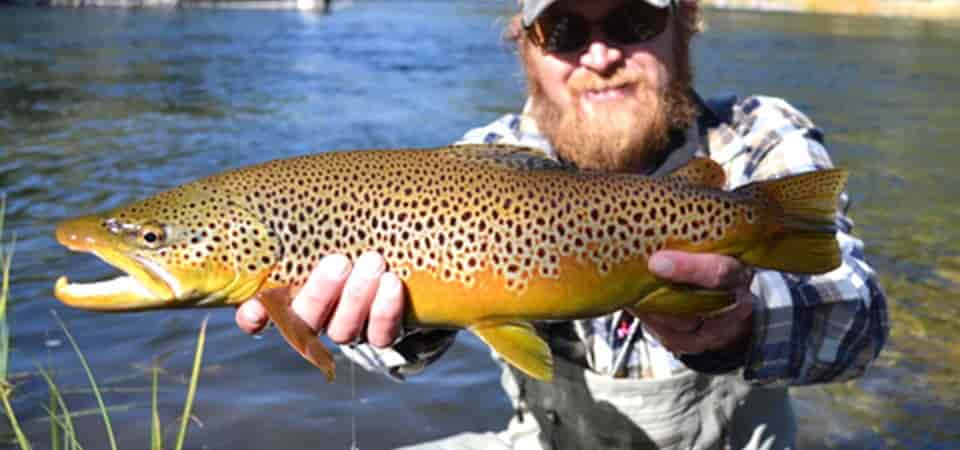It is extremely important to ensure proper disposal of waste be it liquid or solid or gas, as it only affects the environment and us but can have adverse effect on flora and fauna.
Driving home this point is a new study published in the Journal of Experimental Biology, according to an article in smithsonianmag.com.
In this study a team of researchers tried to find out how methamphetamine, which is a drug commonly found in wastewater affects the brown trout (Salmo trutta). To observe this, they placed the trout in a tank which had water spiked with meth. The result did not come as a surprise to the researchers as they found that the brown trout got hooked on meth!
In the last few years the use of meth has zoomed in both the United States as well as Europe, more so during the recent ongoing pandemic, according to Carrie Arnold for National Geographic. The substance is never completely absorbed by the system and some part of it is exits the body. The treatment plants for the waste water are not equipped to remove this type of contaminant and hence a sewage water with meth in good quantity in it is released into the environment.
Also read: Indian scientists discover new moss species Bryum bharatiensis in Antarctica
Study author Pavel Horký, a behavioural ecologist at the Czech University of Life Sciences Prague told Live Science: "Where methamphetamine users are, there is also methamphetamine pollution of freshwaters.”
In order to understand the effect of meth on brown trout, replication of the drug-polluted wastewater conditions was done in the laboratory. Sixty trout were placed in a tank of water with meth in it. The quantity of the drug matched the levels that were found in treatment plants for in Czechia and Slovakia.
After two months, the trout were taken out of this water tank and it was noticed that they moved less as compared to those who had been in water without any meth in it. This was a sign of withdrawal according to the researchers. Interestingly, traces of meth were found in the trout’s brains up to ten days after exposure by the team led by Horky.
Further, the trout doped with meth and those who hadn’t were provided the option of entering a stream which was contaminated with the drug and the other which wasn’t. Those trout who had experienced meth preferred the stream with the drug as compared to those trout which had not been exposed to the drug. This according to the research team was a sign of addiction.
According to Live Science, this change in the trout due to exposure to meth is detrimental to the species in the wild. The slow trout may find it difficult to find food, stick to migration patterns and routes and also encumber problems in finding mates. What is worse is that they could be easy prey for the predators.
Also read: Climate change triggering change in colour of dragonflies
Further, once addicted, the trout will try to gain access to sources of the drug, thus making them move to those areas where water is available from the wastewater treatment plants. According to the National Geographic, this could lead to change in the distribution of the species in their natural habitats resulting in a ripple effect in the food chain and affecting a range of predators who survive on the trout. For birds, other fish species and humans, trout is a vital food source.
Aquatic environments affected by the drug waste have been studied in the past too. According to the National Geographic, in a study done in 2018, it was discovered that cocaine pollutants can disrupt the migratory pattern and behaviour of European eels which are endangered.
Again in 2018, according to a report by Susan Scutti for CNN, drug test administered by scientists on mussels in Puget Sound found positive traces of opioids in these shellfish.
Moreover, it was also found through another important study that contraceptive pills were feminizing male fathead minnows in Ontario. The reason being high doses of estrogen made the male fishes develop eggs in their testes.
In a comment to Live Science, Horky said: “There are a lot of contaminants of emerging concern—not only illicit drugs, but also standard prescription medicines, like antidepressants.”




















